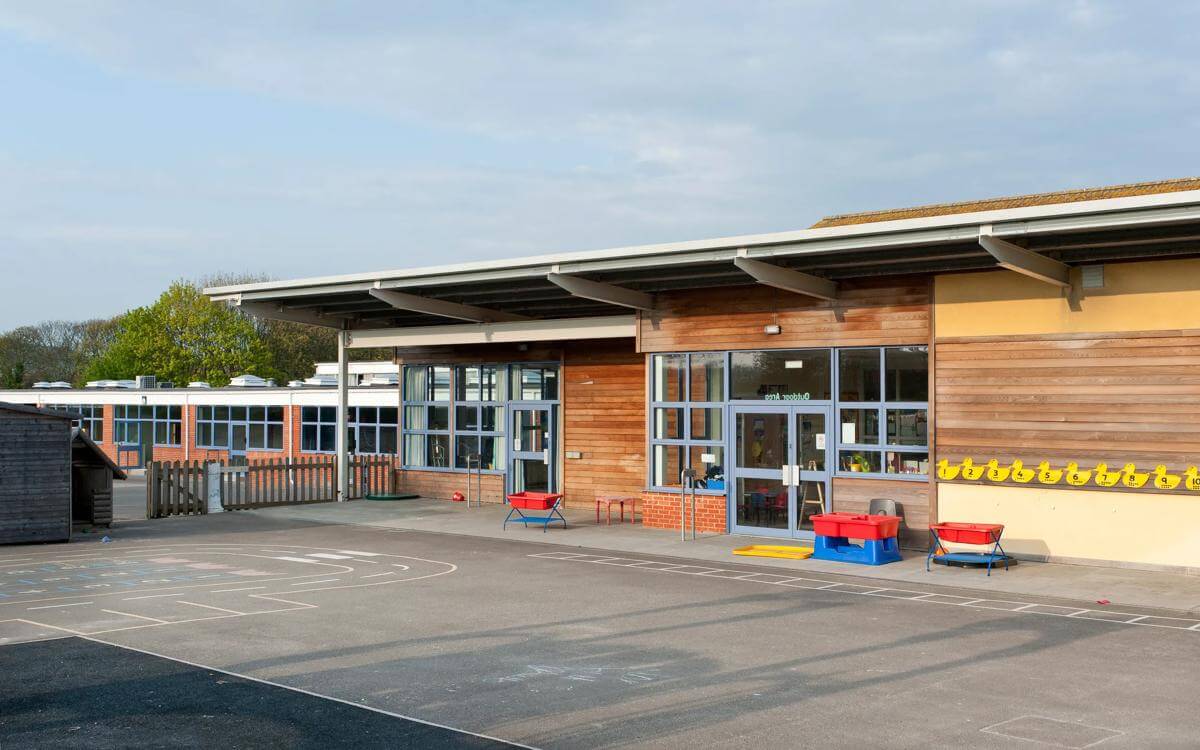Wellbeing and built estate
The Office for Student’s (OfS) aim is to ensure that every student, whatever their background, has a fulfilling experience of higher education that enriches their lives and careers.
The Office for Student’s (OfS) aim is to ensure that every student, whatever their background, has a fulfilling experience of higher education that enriches their lives and careers. As noted in their 2020-2021 Business Plan, OfS recognises the significant importance of student wellbeing and protection by ensuring that every student has a positive experience during their time in higher education.
We have provided advice to many higher education institutions on the issues surrounding wellbeing, but often this advice is reactive, flowing from an issue that has arisen relating to a particular student. We thought that it would be interesting to explore some ideas which could help higher education institutions address the wellbeing of their student cohort through a series of articles. In the first of these articles, we look at the role of the built estate in improving student wellbeing and have taken the opportunity to invite LifeProven, a wellbeing property consultancy organisation that we have worked with on a number of projects, to share their experience and research in addressing the following question: Can the design of student accommodation protect and enhance Student health and wellbeing?
We hope that you will find the information presented as interesting and informative as we did when we first spoke to LifeProven.
Dominic Swift, Real Estate Partner, Browne Jacobson LLP.
Can the design of student accommodation protect and enhance student health and wellbeing?
The simple answer is yes. Strategic design and operational interventions integrated through the built environment can protect and enhance the health and wellbeing of the student population, ensuring your students have the greatest wellbeing whilst in your care. This article is dedicated to demonstrating how you can positively influence your students' wellbeing through the built environment.
Mental and physical health in the UK
In the UK, mental ill health is the single largest cause of disability, with one in four people likely to experience a diagnosable mental health condition each year. Further to this, physical inactivity is responsible for one in six deaths as the fourth greatest cause of ill health in the UK and is a leading contributor to rising levels of many long-term conditions such as obesity, diabetes and dementia.
Student mental and physical health
However, the student population is at a higher risk of developing mental health problems than the wider public, with many people first experiencing mental health problems when they attend college or university. Currently, one in four UK students experience a mental illness each year, caused by a variety and/or combination of factors such as making new social networks, developing new identities and being challenged intellectually and financially. The most common health conditions diagnosed in the student population annually are depression, anxiety and loneliness, with rising rates of self-harm, suicidal thoughts and substance misuse also recorded throughout the Covid-19 period.
HE-related mental and physical health challenges
In the 2019-20 academic year, there were nearly 2.5 million students enrolled in higher education across the UK. Based on demographic statistics, circa 625,000 students will battle a diagnosable mental health condition each year. This statistic simply cannot be ignored.
Mental and physical health in the built environment
Both mental and physical health are inextricably linked, so it is very important to acknowledge and positively influence both in unison to enhance the overall quality of life of an individual or group. Although mental and physical health issues can be treated, the NHS identifies preventing the onset of mental and physical health problems before they occur as the single most important healthcare solution for community quality of life.
This approach is called primary prevention and focuses on the ongoing promotion of healthy lifestyles.
As the UK general population spends the majority of its time inside building environments, the places we work, study and live can be designed, delivered and operated as primary prevention healthcare environments, with buildings providing the unique ability to directly and indirectly influence the daily lifestyle of the occupants who spend their time inside them.
Building environments influence key factors such as how much natural daylight someone receives, how safe people feel, how physically active they are, the quality of the air they breathe and even how socially connected they are, which are all fundamental components for having a good quality of life.
When executed correctly, a building environment can:
- mitigate the risk of mental and physical health issues from developing in the first place; and
- enhance the quality of life experienced by the occupant.
Colleges and universities already provide health and wellbeing support for the student population; however, there are increasing expectations for educational institutions to take a more proactive stance on wellbeing, proving how they actively consider the protection and enhancement of student and staff wellbeing when designing, developing and operating a campus and associated student accommodation environments. In fact, 67% of students in a recent LifeProven UK-wide student survey advised that they did not believe their accommodation improved their health and wellbeing, and this group scored 7% and two points lower on health and wellbeing scores respectively, both highly significant impacts.
Primary Prevention Student Accommodation: protecting and enhancing student quality of life
‘Primary Prevention Student Accommodation’ is a new industry term. However, there are a number of purpose-built student accommodation providers already adopting the Primary Prevention approach within their buildings using LifeProven’s data science analysis. The analysis informs how they design, apportion cost, build and manage their student accommodation building environments specifically to protect their student residents against the most common mental and physical health issues.
Underpinned by data, this strategic approach to population healthcare is the future of building design, ranking building elements in a hierarchical order of importance for their strength of influence on the residents’ health and wellbeing. This ensures the building elements most important for occupant health and wellbeing are prioritised through the design stage and are protected through the value engineering stages of a development.
For any higher education institutions or accommodation providers reading this, one of the first considerations when designing your student accommodation or negotiating a lease - and before anything is built - should be to understand how the design will influence your residents’ health and wellbeing during use.
To provide some real-world context to the positive benefits of understanding how different building elements can influence your student’s health and wellbeing before accommodation is built, LifeProven conducted data science analysis on 508 students across the UK. LifeProven investigated how the design and operation of their student accommodation influenced their health and wellbeing throughout the coronavirus pandemic. Students reported that when their accommodation performed positively against each of the below accommodation factors, their mental wellbeing and physical health were influenced by a certain amount. The breakdown for the 12 most influential factors is listed below:
Student accommodation factors vs health and wellbeing influence
| Rank | Accommodation Factor | Wellbeing Influence | Health Influence |
| 1 | Amount of natural daylight | Higher by 11% | Higher by 5% |
| 2 | Interior Design | Higher by 10% | Higher by 5% |
| 3 | Promotes an active, healthy lifestyle | Higher by 10% | Higher by 4% |
| 4 | Makes me feel part of a community | Higher by 9% | Higher by 5% |
| 5 | Promotes positive social interaction | Higher by 8% | Higher by 4% |
| 6 | Internal air quality | Higher by 8% | Higher by 3% |
| 7 | Access to green space | Higher by 8% |
Higher by 2% |
| 8 | Has good internal temperature | Higher by 7% | Higher by 4% |
| 9 | Has little noise | Higher by 7% | Higher by 1% |
| 10 | Ability to personalise living space | Higher by 6% | Higher by 4% |
| 11 | Stay safe and secure | Higher by 5% | Higher by 3% |
| 12 | Close to local employment | Higher by 5% | Higher by 2% |
How can you apply the primary prevention approach to your student accommodation or HE campuses?
On a foundation of peer-reviewed academic research, LifeProven uses a world-leading data science process to comprehensively measure the impact of real estate on occupant health, wellbeing and quality of life, providing actionable data insights for better property performance. LifeProven works with funds, investors, developers, contractors and operators worldwide. For further information please contact LifeProven’s Co-Founder Adam Hinds.








































